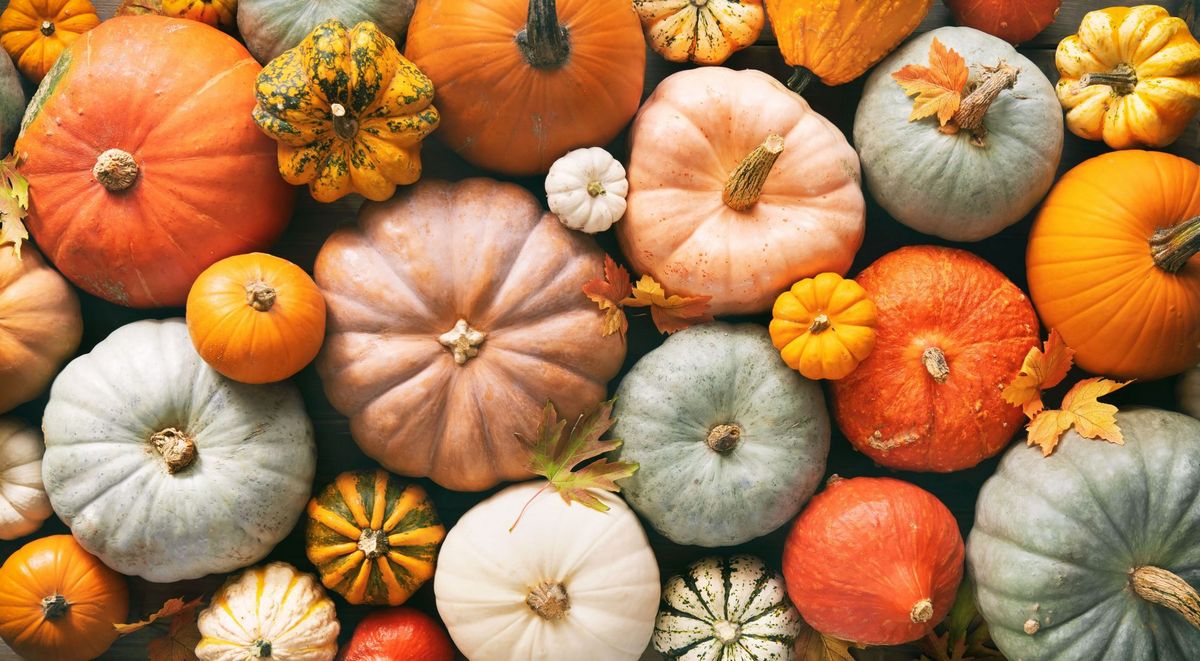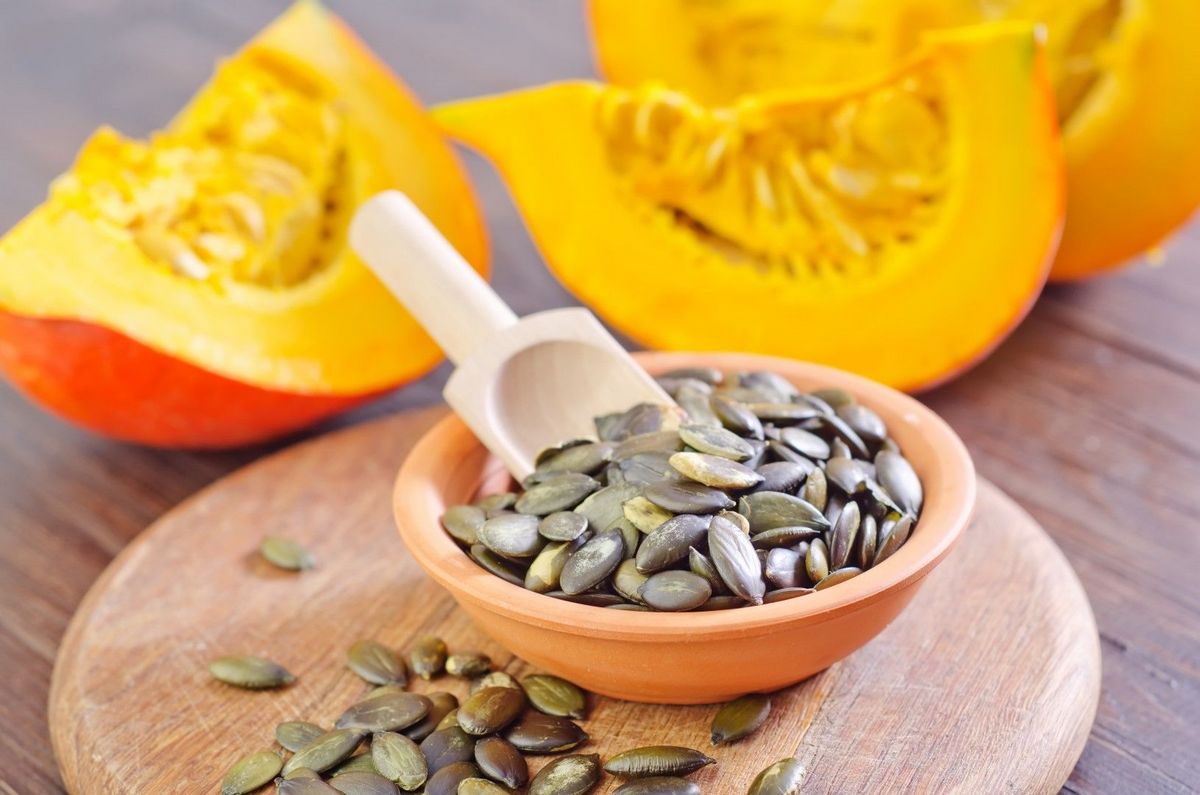With the change of the season comes the turn of a very favorite taste – pumpkin. Despite the original debate about whether it is a fruit or a vegetable, everyone is right here, because the pumpkin belongs to a rare group of fruit and vegetables and has the qualities of both fruit and vegetable. Absolutely any part of the pumpkin can be eaten. From skin to seeds. It can be eaten steamed, fried, sweet and salty. To all this we can add that it has countless benefits for our health and has a fairly mild taste.
Pumpkin is low in calories and high in nutrients
It contains 94% water. It contains more fiber than cabbage and more potassium than bananas. It is high in vitamins and minerals. It can also be said that it is a very good source of vitamin A and vitamin C.

This is good for the eyes
It’s no secret that vision weakens with age, but if we take the right nutrients, we can slow down the process. Vitamin A is very important for good eyesight. Studies show that vitamin A deficiency is a very common cause of blindness. Vitamin C contained in it, in turn, acts as an antioxidant and can prevent damage to eye cells by free radicals.
It’s good for the heart
Pumpkin contains a large amount of potassium. Studies have shown that people who take potassium lower their blood pressure. It regulates blood pressure and maintains the health of the cardiovascular system. We must remember that in order to benefit from a pumpkin, it must be whole, not canned.

Protects against cancer
Studies have shown that people with higher levels of beta-carotene in their diet have a lower incidence of cancer. Pumpkin contains carotenoids that act as antioxidants.
Helps skin

Strengthens the immune system
As we have said many times, pumpkin contains beta-carotene, which your body converts into vitamin A. Studies have shown that the high content of this vitamin and vitamin C helps protect the body and faster recover from infections, viruses and diseases.

